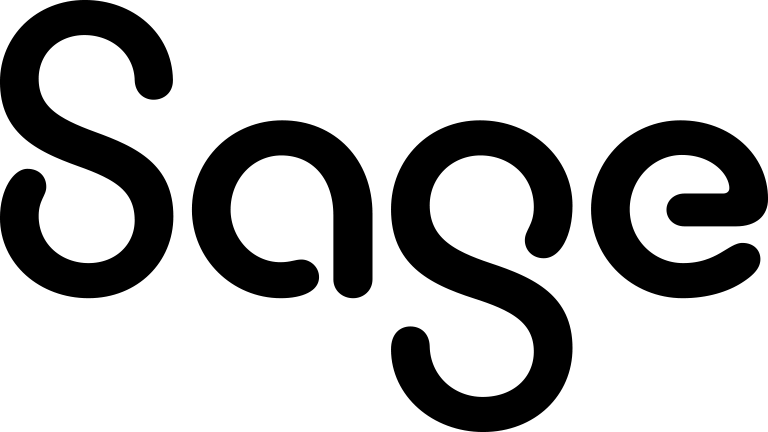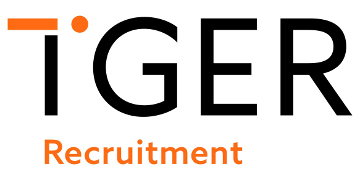Imagine this: you go to buy a new, wizzbang, curved screen, all-singing television set. Your friend has been raving about theirs and your own is a bit dated. Your old set cost £500 or so, and prices for electronics usually come down. So you think it’ll be about £700 tops. But when you talk to the sales assistant, they tell you it’ll set you back £1,750. That’s way beyond what you thought. You have no choice but to walk away.
If that sounds familiar, read on. Because whether you’re an agency hiring or a freelancer looking for a job, we can apply this to HR business models. Your problem with the television was one of expectation versus reality. You had one fixed price, but the salesperson had no such barrier. Had they said £10,000 with a straight face - and waited - then said, 'Actually, it’s only £1,750' then the price tag would have seemed like a bargain.
This concept of closing the gap between price expectations is called ‘price conditioning’. It’s a perfect model for the HR business, where employers underestimate the cost of talent, and applicants expect to be paid fortunes even for low-paid positions. Pre-qualifying your prospect or applicant saves time and money - and let’s you concentrate on the contracts that have the best chance of working out.
Often the remuneration isn’t even discussed. It’s just assumed by both parties. In most cases it’s the elephant in the room and often the last thing to be discussed. The agency doesn’t want to put the talent off; the applicant doesn’t want to be seen to be greedy. It’s a recipe for disaster. All the money spent up to this point has now been wasted if the gap is too insurmountable. Far better to discuss money issues earlier.
As a company involved in HR software and automating the selection process, we recognise that any final transaction will be face-to-face. It’s all down to trust. Trusting that the person offering the job will divulge all the pros and cons. Educating the applicant about the job description and its responsibilities goes a long way to justifying the rate of pay being offered or asked for.
The agency or potential employer also has to understand the complexities involved in the service you are offering them, enabling them to see your worth, and the unique skills you bring. Both need to be aware of the relative remuneration packages available for similar positions in related industries. You need to know your numbers before you can negotiate. Go in with figures too early and you can wreck a deal. Go in too late and either side might decide the gap between the value offered and the salary don’t add up.
There are no hard and fast rules about price conditioning, but earlier seems to get better results. Introducing a range between high and low allows the applicant to build their case towards the top end. Conversely it will let an employer cite any gaps and anomalies in qualifications, skills and experience, as a case for paying a lower salary.
When you do commit, sound confident and secure. Be empathetic without being apologetic. What you are aiming to achieve is a figure which seems good value, while avoiding being too cheap or too expensive. Obvious? Yes. However, many people are totally unprepared to confront this aspect of the deal.
Research comparable salaries and pay scales - and not just in your own country. It’s useful in price conditioning to be able to say 'Do you know that in Sweden the salary for this job is twice what you’re offering?' Irrelevant, of course, but it changes the perception in the mind of the person your ‘haggling’ with - and that’s the goal. Price conditioning helps move the perceptions that HR departments can have about price ranges for particular positions.
Everything you do must add value to your product. This way you can compare and contrast similar agencies or candidates - and position yourself as the best option - and command the price you want, almost unconsciously. Go to any website which sells information and you’ll find a table giving you the value option, the cheap option, the expensive option - and even the wildly fantastic option. This option is there for one purpose: to make the other options look reasonable and affordable.
It works, and you should look at how you can best adapt this aspect of pricing to your own business - to win more and increase your bottom line.
Sat Sindhar is managing director Peoplehr.com















